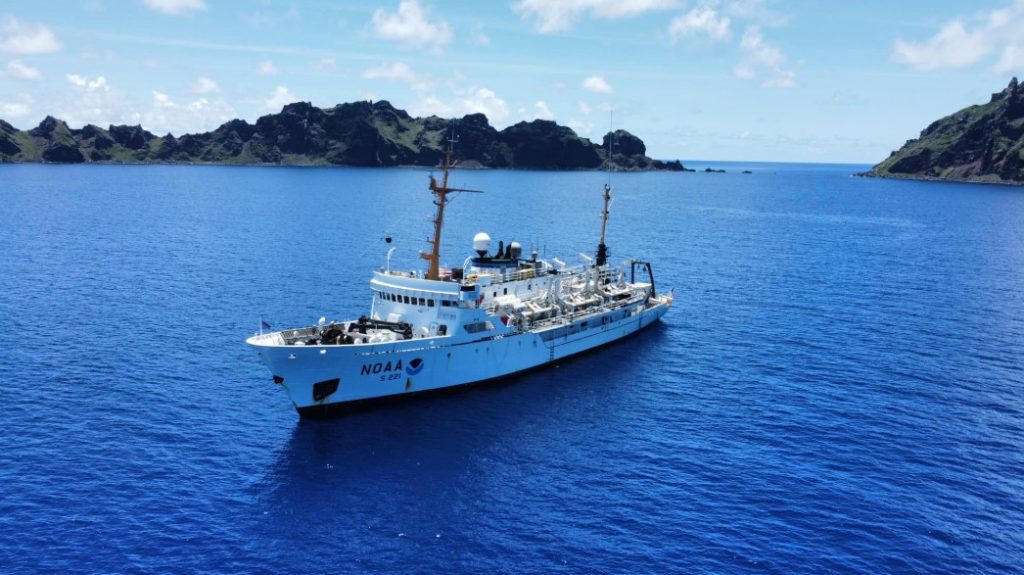Researchers from the National Oceanic and Atmospheric Administration are back in the Marianas to monitor the decline of the coral reef.
This is the ninth time the NOAA ship Rainier is returning to the islands in the Micronesia region southwest of Hawaii.
The reefs not only have an impact on our environment, but also the economy as they are said to be worth an estimated $3.4 billion.

According to the Environmental Protection Agency, palakse’ (parrotfish), coral reefs and the tasi (sea) are a big part of the local culture with fishing integral to feeding many families.
Unfortunately fish-based diets are especially vulnerable to climate change impacts.
Warming sea temperatures caused by climate change are increasing the severity of coral bleaching events. The National Ocean Service explains that when ocean temperatures warm, corals will expel algae which causes coral to turn completely white.
This is a sign of stress and a cause of mortality. In 2005, half the coral reef in the Caribbean were lost due to a massive coral bleaching event.
Not all the news is bad. The NOAA credits Guam’s marine preserve for restoring the fish population.
Support our June Membership Drive and receive member-only benefits. Help us reach our goal of $10,000 in new donations and monthly and annual donation pledges by the end of the Month.
We are published by the non-profit Asian American Media Inc and supported by our readers along with the Robert Wood Johnson Foundation, AARP, Report for America/GroundTruth Project & Koo and Patricia Yuen of the Yuen Foundation.
You can make your tax-deductible donations here via credit card, debit card, Apple Pay, Google Pay, PayPal and Venmo. Stock donations and donations via DAFs are also welcomed. Contact us at info @ asamnews dot com for more info.




